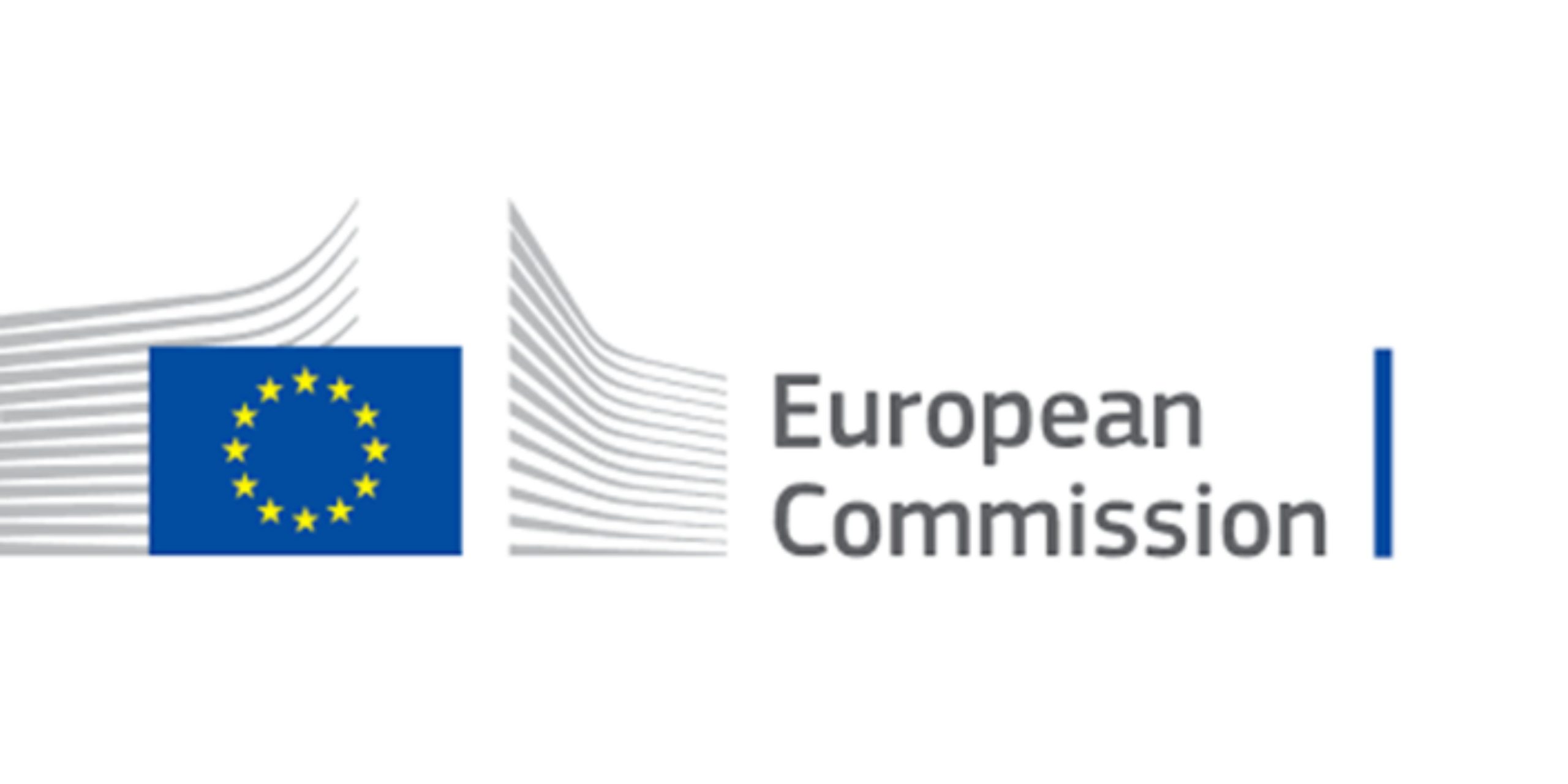The Commission published its third half-yearly report on the debt management operations it conducts to finance the EU’s borrowing and lending programmes, covering the period July–December 2022.
Despite the more challenging market conditions, EU funding operations continued to enjoy strong market support in the second half of 2022. Between the start of the programme in June 2021 and the end of last year, the Commission raised EUR 171 billion in long-term funding for NextGenerationEU, of which EUR 50 billion between July and December 2022. This includes NextGenerationEU green bonds in the amount of EUR 36.5 billion, with EUR 8.5 billion issued in the second half of 2022. Investors continued to demonstrate strong interest in EU-Bonds, with orderbooks of between 2.8 and 10.9 times for the syndicated transactions.
On the basis of the funds raised, the Commission disbursed, as of 31 December 2022, EUR 138.7 billion to EU countries under the Recovery and Resilience Facility (RRF) and EUR 23.9 billion to other EU budget programmes that benefit from NextGenerationEU funding.
NextGenerationEU is not the only programme that the Commission issues bonds for. In 2022, the EU borrowed EUR 8.7 billion to finance SURE loans to 10 Member States and EUR 7.5 billion to provide MFA loans to three neighbouring countries, including EUR 7.2 billion to Ukraine.
In addition to maintaining a strong presence in the market the Commission announced in November 2022 its plans to consolidate its debt issuance operations under a unified funding approach. The approach extends the benefits of the instruments (bonds and bills) and techniques (syndications and auctions) developed for the implementation of NextGenerationEU to MFA+ for Ukraine and other potential future borrowing programmes.
The new unified funding approach for the issuance of EU-Bonds, coupled with the launch of the EU issuance service and the treatment of EU-Bonds in the same way as bonds issued by central governments and central banks under the ECB’s risk control framework, are important steps forward in consolidating the EU as a sovereign-style/super-national issuer. This process will continue in 2023, as the Commission works to boost further the liquidity of EU-Bonds by preparing with the banks from its primary dealer network a framework for providing investors with pricing quotes on EU securities and by building a repo facility to support market participants in trading its bonds.
2023 will also see the Commission further extend its presence in the markets by issuing a higher volume of EU-Bonds for NextGenerationEU, but also MFA+ for Ukraine, with EUR 80 billion to be issued in the first half of 2023.
The Commission’s half-yearly report on the debt management operations is available here.
Source: European Commission | News (https://bit.ly/3EGMwTX)
